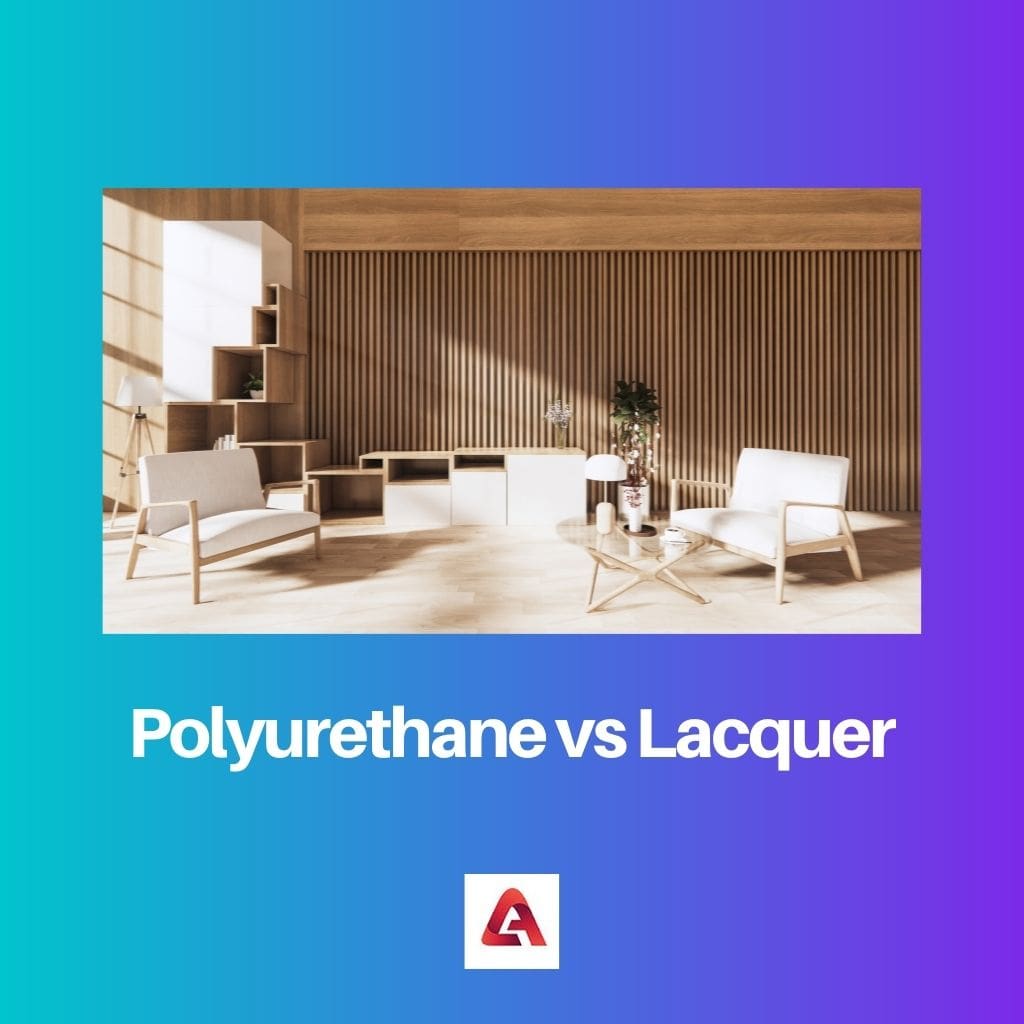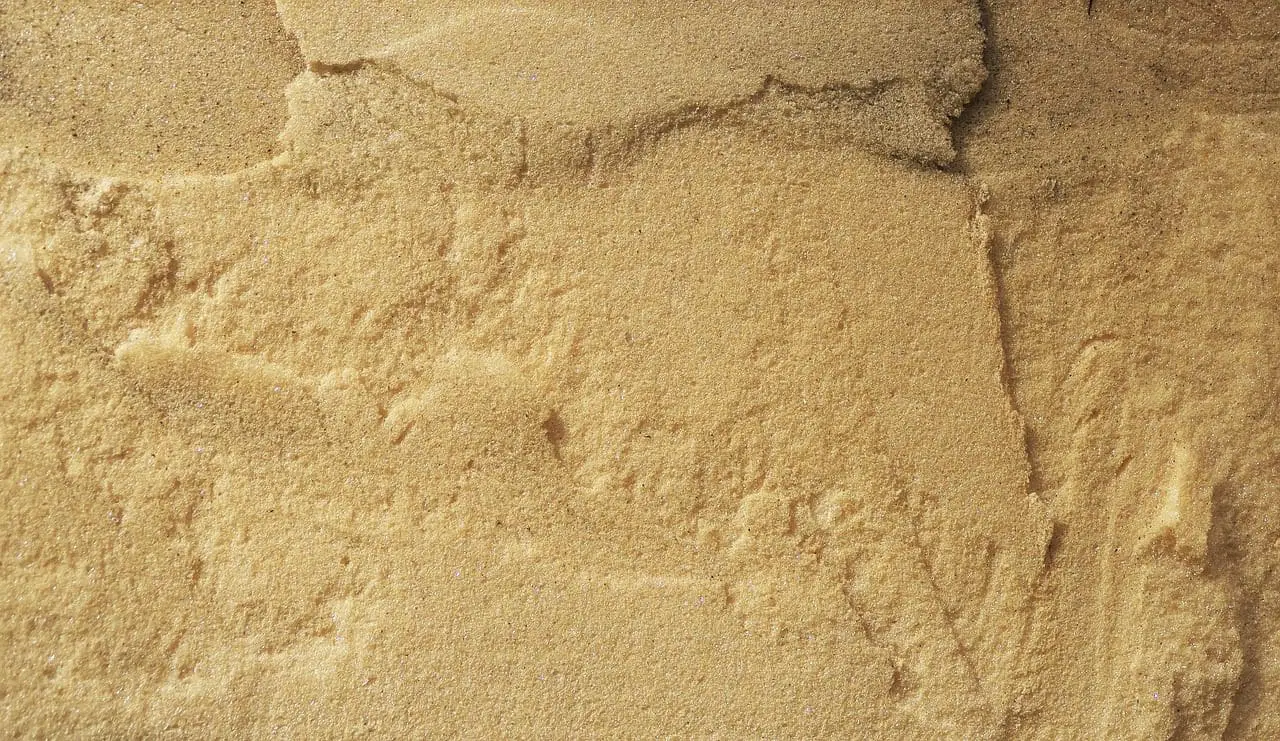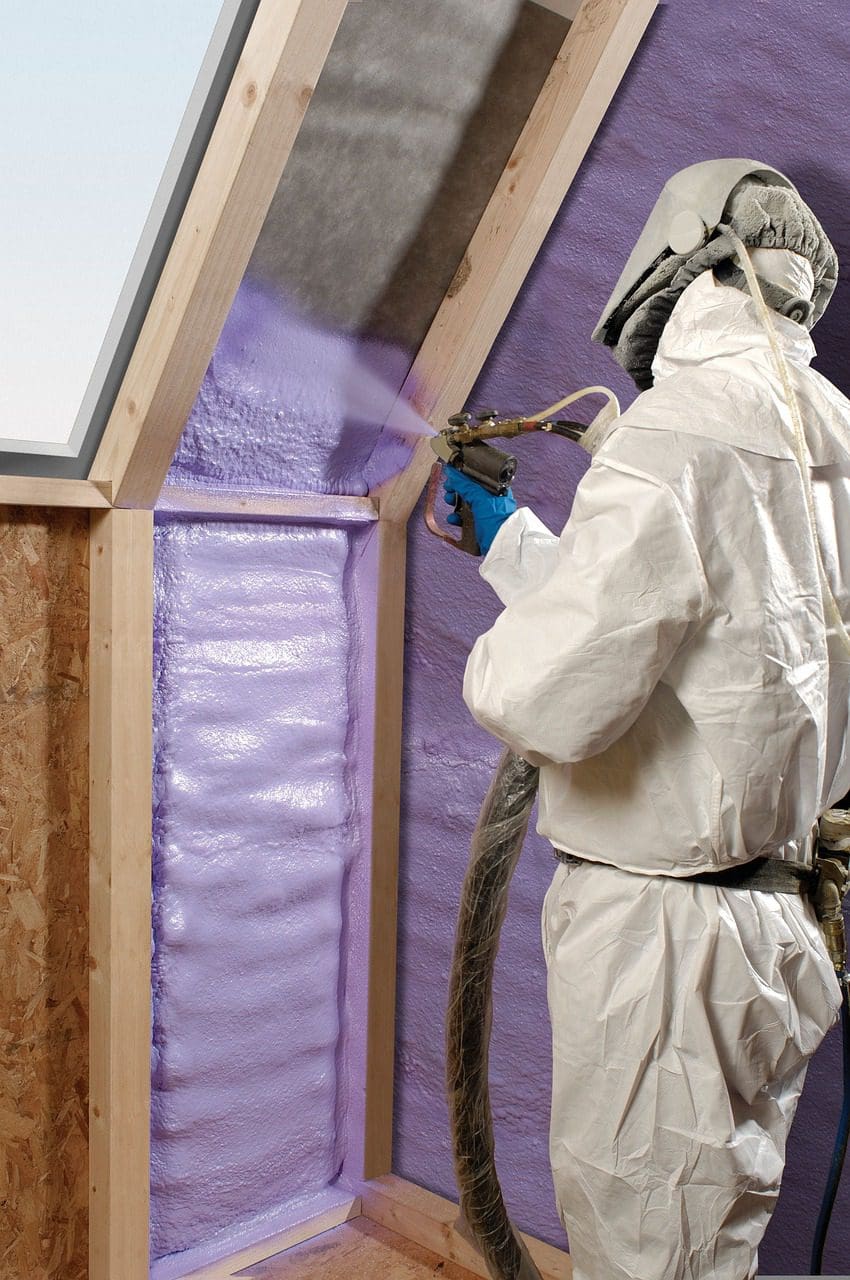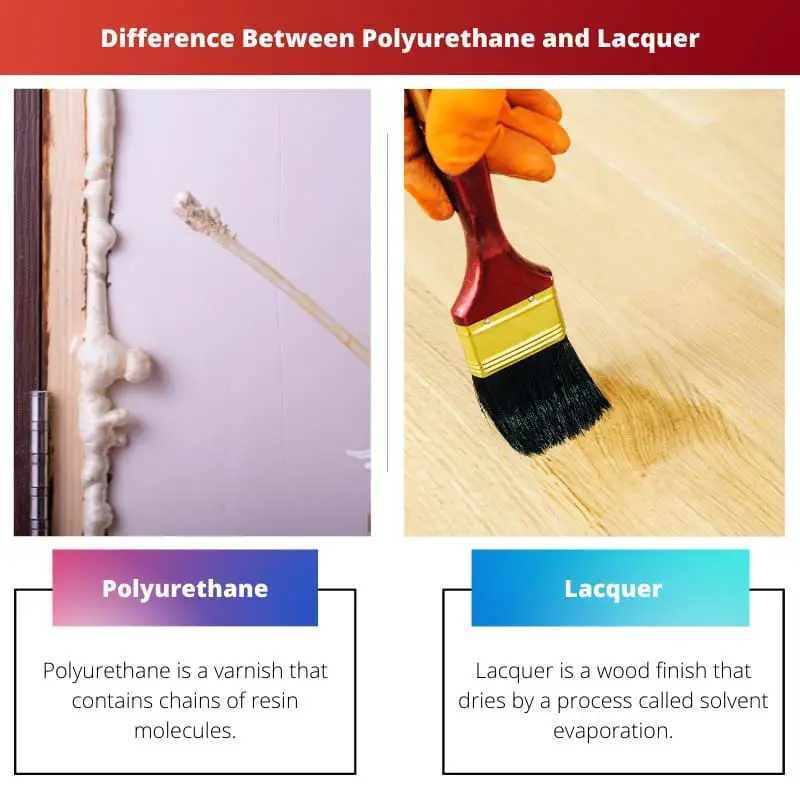Furniture has wood as its base material. Finishing is the penultimate process in the manufacture of wooden furniture. It gives gloss and other desirable characteristics to the wooden surface.
Finishing closes unwanted pores on the wooden surface. Therefore, it eliminates the possibility of a breeding ground for the bacteria.
There are different types of varnishes and oil-based coatings available in the market. Polyurethane and lacquer fall under this category. However, they are very different from each other.
Key Takeaways
- Polyurethane is a versatile synthetic resin used as a protective finish for various surfaces, known for its durability, moisture resistance, and flexibility.
- Lacquer is a fast-drying, solvent-based finish, offering a high gloss and a hard, durable surface, but it is more susceptible to damage from chemicals and moisture.
- The main difference between polyurethane and lacquer is their chemical composition and properties, with polyurethane being more flexible and resistant to moisture. In contrast, lacquer offers a high gloss and hard finish but is less resistant to damage.
Polyurethane vs Lacquer
Polyurethane is a varnish that holds multiple chains of resin molecules and creates a layer of protection for wooden surfaces. Lacquer is a wood finish that is affected by solvent evaporation, which causes it to dry up, and various coats can be applied because it has a short drying time.

Polyurethane is a varnish that is composed of microscopic resin molecules. It can be oil or water-based. It provides a very protective finish to the wooden surface.
Lacquer is a popular wood coating with a rugged and durable finish surface. It dries through the solvent evaporation process, and its drying rate is speedy.
Comparison Table
| Parameter Of Comparison | Polyurethane | Lacquer |
|---|---|---|
| Thickness of Coating | It is a thicker coating. | It is a thinner coating. |
| Surface Penetration | Forms a layer over the surface. | Penetrates pores. |
| Drying Time | It takes a longer time to dry due to the thickness of the coating. | It takes less time to dry as the coating is thin. |
| Multiplicity of Coats | Multiple coats cannot be applied simultaneously due to longer drying time. | Multiple coats can be applied simultaneously due to a shorter drying time. |
| Applied Using | It is applied using a paintbrush. | It is applied using a spray. |
What is Polyurethane?
Polyurethane is a varnish that contains chains of resin molecules. It forms a protective layer over the wooden surface and doesn’t penetrate deeper.
The polyurethane coating is highly durable. It protects from water and other chemicals. It is applied using a paintbrush.
There are three types of polyurethane coatings. These are oil-based, water-based, and water-based oil-modified. The oil-based polyurethane coating is very durable.
It forms a hard film in a few coats. However, it takes a longer time to dry than water-based coats.
The water-based polyurethane coating gives a crystal-clear gloss to the wooden surface. It dries quickly, but more coats are needed. The wooden surface should be adequately ventilated while applying the coating.
The water-based oil-modified polyurethane coating dries to become a tough oil-like film. It dries very quickly. Polyurethane coating can be removed using a plastic scraper or sandpaper.

What is Lacquer?
Lacquer is a wood finish that dries by a process called solvent evaporation. It is less durable when compared to polyurethane coatings.
The lacquer coating penetrates the wood and prevents the breeding of harmful bacteria by clogging pores. Since it is thinner, it also dries very fast. A spray is used to apply lacquer coating.
There are many types of lacquer coatings. These are shellac-based, urushiol-based, nitrocellulose, acrylic, and water-based lacquers. Shellac is obtained from the secretions of the lac bug. It produces a red pigment for surface finishing.
Urushiol-based lacquers use oxidation, polymerisation, and evaporation to set on the surface. Urushiol is a mixture of phenols and proteins.
This lacquer dries very slowly. However, the coating is solid and resistant to acids and other chemicals.
Nitrocellulose lacquers contain nitrocellulose obtained from the nitration of cotton and cellulose. They provide a rugged, flexible, and waterproof finish.
Acrylic lacquers use acrylic polymer. They dry extremely fast. Also, there is no need to polish the surface further as this lacquer imparted enough shine.
Water-based lacquers dry very quickly and are also less hazardous. However, they are not suited for coating external surfaces. The lacquer coating can be removed from the surface by using a solution of denatured alcohol and lacquer thinner.

Main Differences Between Polyurethane and Lacquer
Polyurethane and lacquer are wood finishes. They add gloss to the wooden surface.
The main differences between the two are :
- Polyurethane coating is thicker, whereas lacquer coating is thinner.
- Polyurethane acts as a protective layer, whereas lacquer penetrates deep inside.
- The polyurethane coating takes more time to dry, whereas the lacquer coating dries quickly.
- Multiple coats of polyurethane can’t be applied simultaneously, whereas numerous coats of lacquer can be applied quickly.
- Polyurethane coating is applied using a paintbrush, whereas lacquer coating is applied using a spray.




